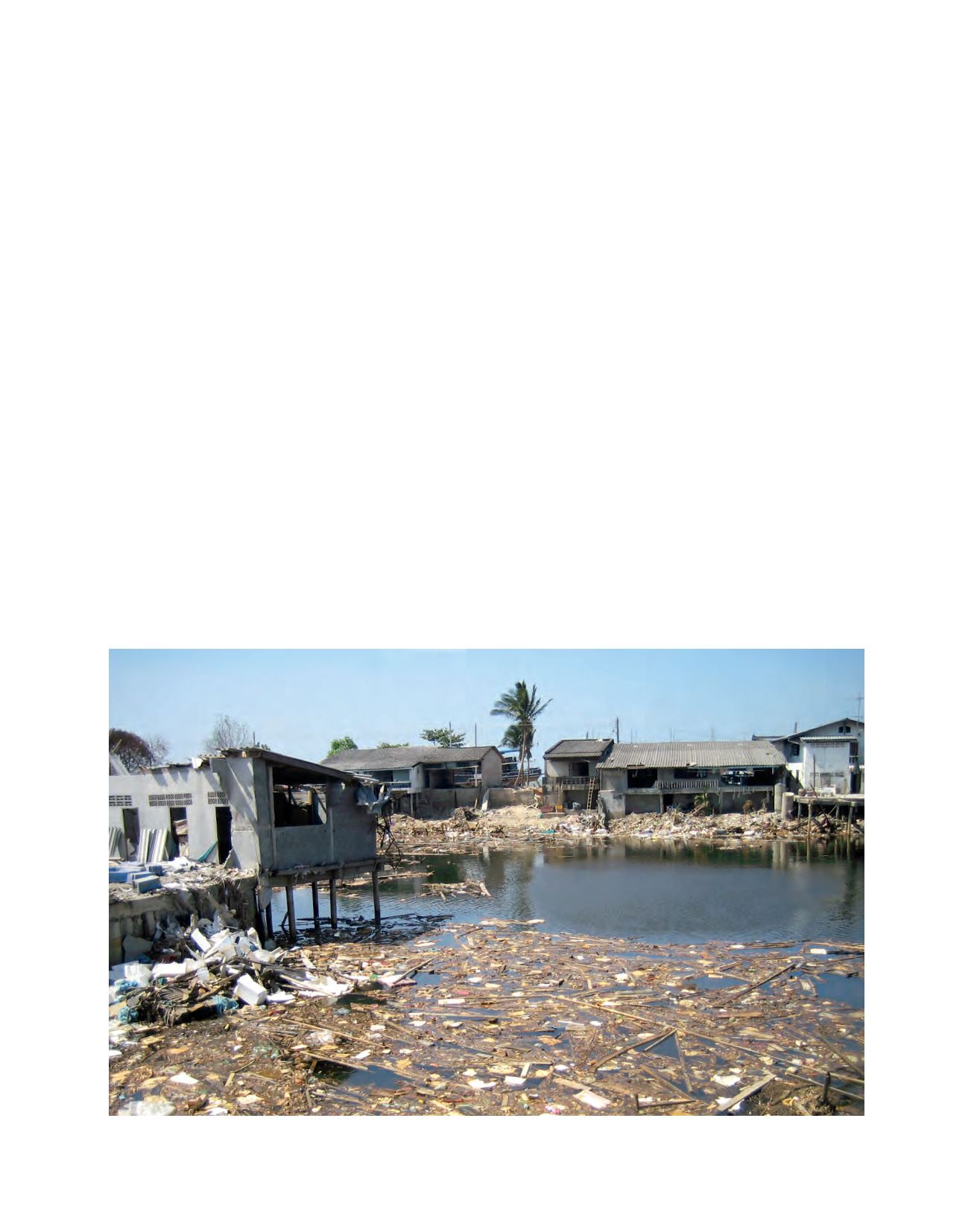

[
] 109
G
overnance
and
P
olicy
Meteorological Organization (WMO). WMO assesses
the need for environmental information and the
corresponding radio spectrum allocation. ITU World
Radiocommunication Conferences explore these needs
and ensure the availability and protection of frequency
bands for observations. A recent example of this collab-
oration is the ITU/WMO handbook
Use of Radio Spectrum
for Meteorology: Weather, Water and Climate Monitoring and
Prediction
,
3
which is approved by the Secretaries General
of two UN agencies. An electronic version of this hand-
book is available free of charge.
ICTs and climate change mitigation
The main carbon abatement opportunities offered by
ICTs are: reduction of ICTs carbon dioxide footprint,
reduction of GHG emissions in other sectors of the
economy, and the replacement of ‘atoms’ by ‘bits.’ This
is the process of ‘dematerialization’ – online access
to books, documents and films instead of publish-
ing them with print media or on disc copies. ICTs
already provide the relevant media and tools for the
application of methods such as electronic paperless
publications and distributing multimedia via Internet
TV. Radiocommunications even ‘dematerialize’ the
connective wire with the spread of wireless technology.
Current technological development allows signifi-
cantly reduced ICT energy consumption by using
new components, algorithms, protocols, software and
telecommunications system structure. It is one of the
ICTs and climate monitoring
The science of climate monitoring has benefited greatly from the paral-
lel development of ICTs. At present, the Global Climate Observing
System (GCOS) is based on the use of ICTs in general and remote
sensors (both in situ and space-based) in particular. These radio-based
applications provide the main source of information about the Earth’s
atmosphere and surface. In turn, this information is used for climate,
weather and water monitoring, natural disaster prediction, warnings,
and risk reduction, as well as in support of disaster relief operations.
It is also used for planning preventive measures for adapting to and
mitigating the negative effects of climate change.
The ITU framework regarding the role of ICTs in direct moni-
toring was initially envisioned in 1947 at the International Radio
Conference in Atlantic City, where ITU member states included
Meteorological Aids Service (MetAids) in the radio regulations,
and allocated radio frequency spectrum for MetAids applications
employed for environment and climate monitoring.
ITU creates the technical basis for the use of ICTs in GCOS
by providing necessary radio frequency spectrum and satellite
orbit resources for sensors employed by the organization. It also
develops treaty status (Radio Regulations) and voluntary (ITU
Recommendations) international standards for telecommunica-
tions used by GCOS. Remote Sensing Series is an example of a
voluntary standard. Guidance is provided on: the use of ICTs for
environment monitoring; and the prediction and mitigation of
the negative effects of disasters initiated by climate change.
ITU cooperates with many international and national organi-
zations and agencies involved in climate monitoring activities.
However, special attention is paid to proposals from the World
Phuket after the December 2004 Tsunami
Image: ITU/C. Zavazava
















